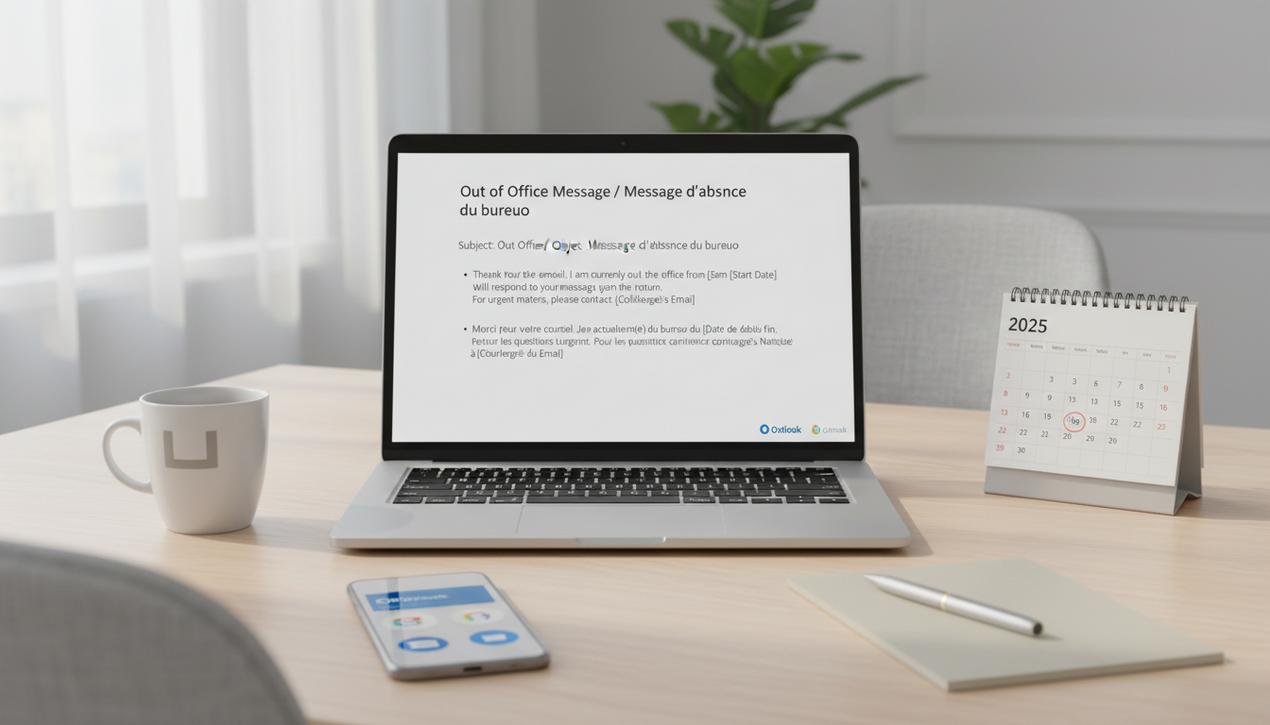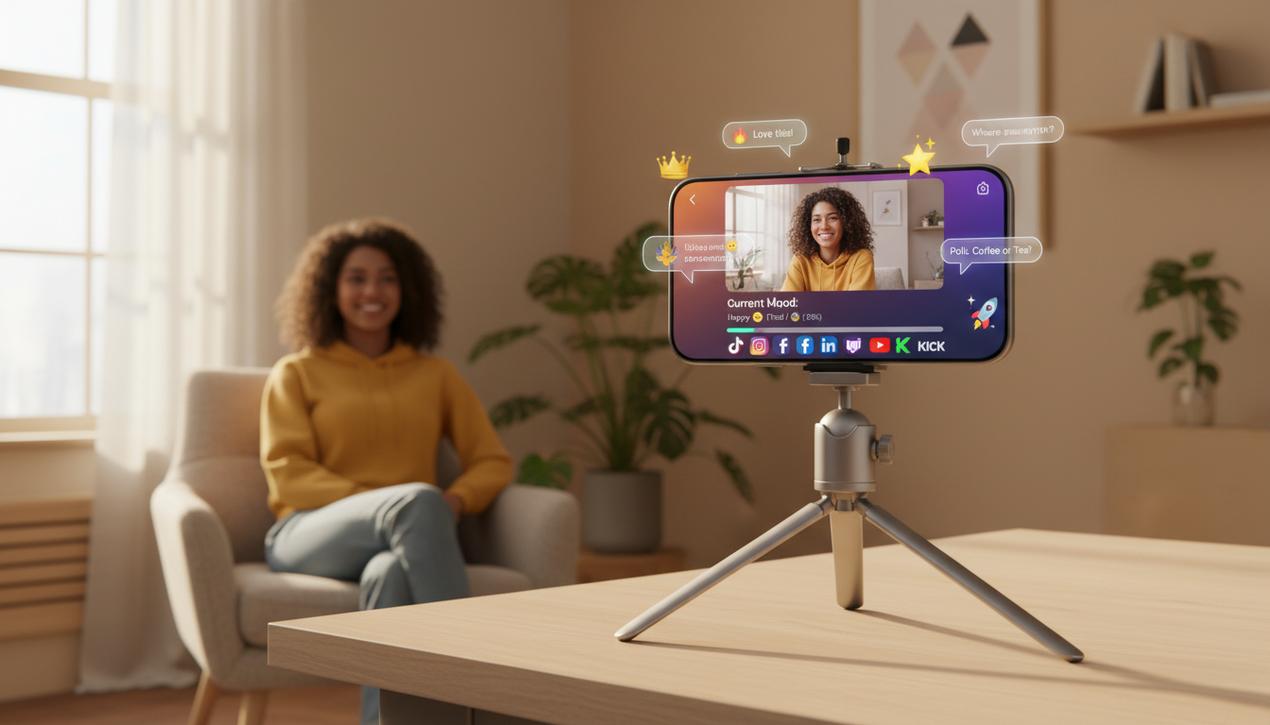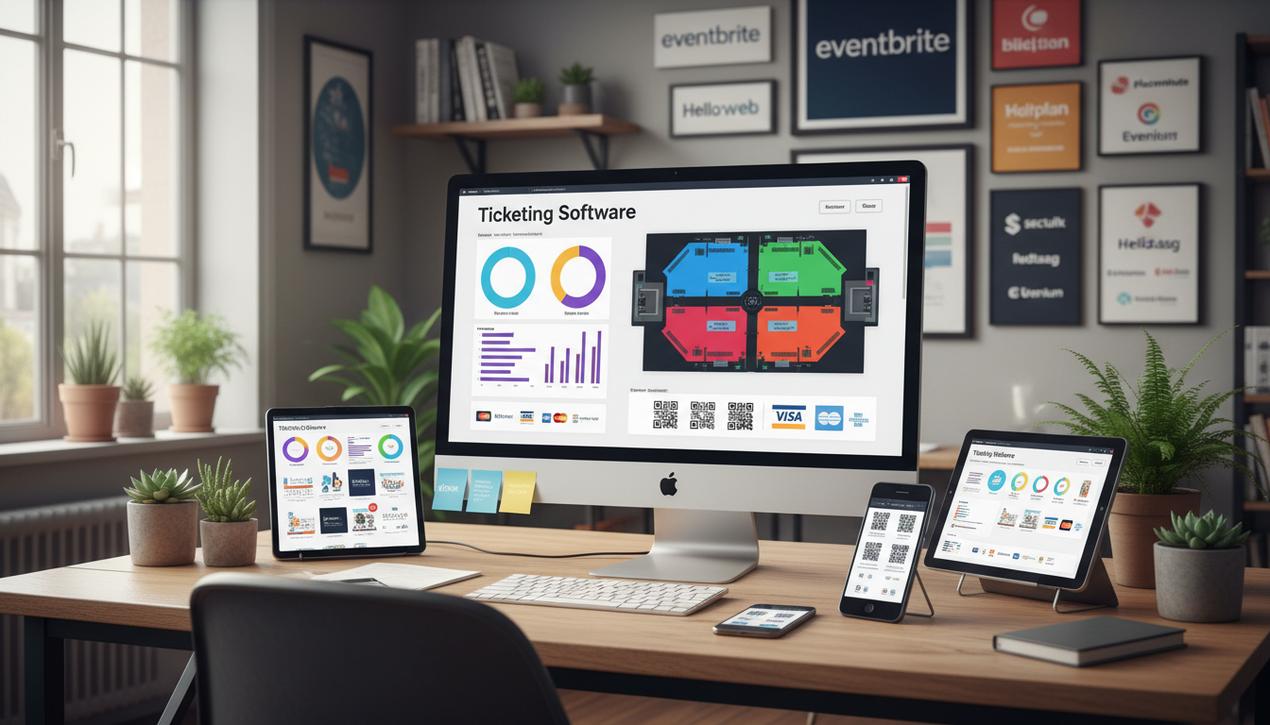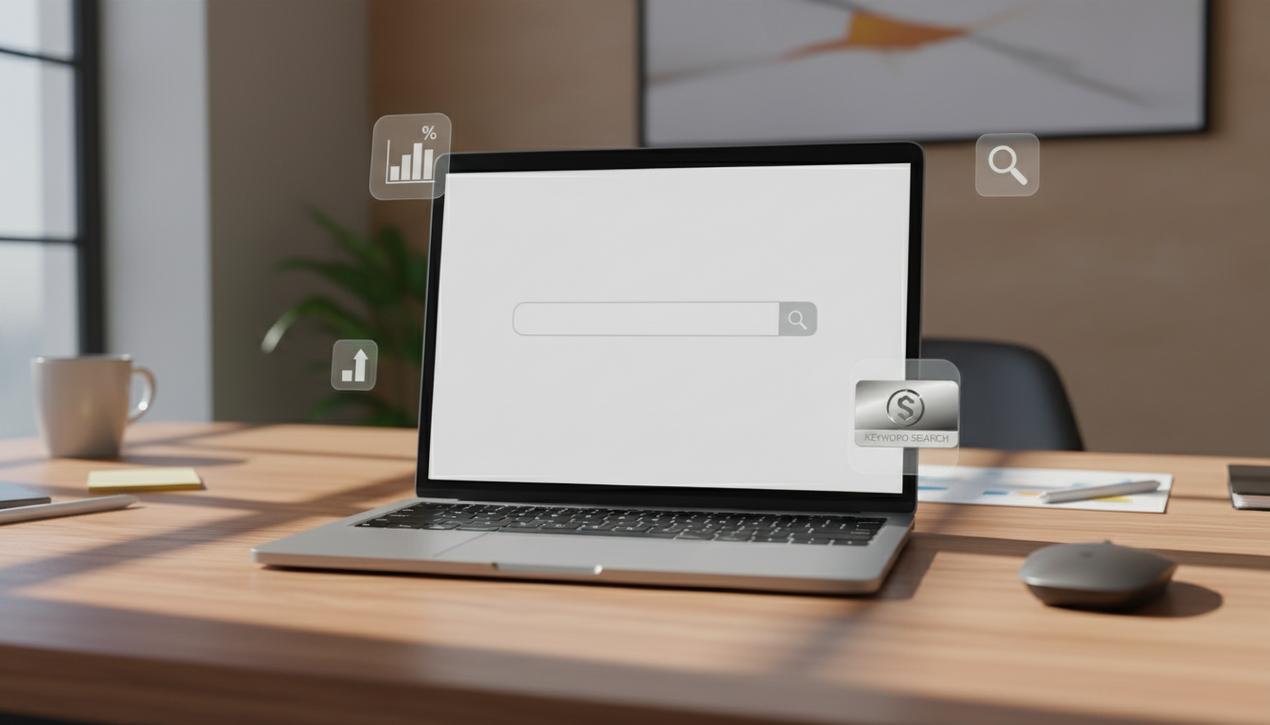Your Perfect Out of Office Message: A 2025 Guide


In today’s hyper-connected workplace, email remains the undisputed king of professional communication. With billions of business emails exchanged daily and the average professional receiving over 120 messages per day, the flow of information is relentless. This digital flood doesn’t stop for vacations, business trips, or sick leave. When you step away from your desk, your inbox keeps working, creating a mountain of messages that can lead to a stressful return. This is where the out-of-office (OOO) message transforms from a simple formality into a strategic communication tool. In 2025, an effective automatic reply does more than just state your absence; it manages expectations, preserves critical client relationships, upholds your professional image, and paves the way for a smoother, more organized return to work. It’s your first line of defense against missed opportunities and frustrated contacts. Far from a robotic acknowledgment, it’s a reflection of your efficiency and professionalism. This comprehensive guide provides 10 essential rules and practical examples to turn your OOO message into a powerful communication asset.
Why Your OOO Message Matters More Than You Think
Neglecting your out-of-office message is a risky move that can damage professional relationships and project an image of disorganization. Conversely, a well-crafted message is a minimal investment with significant relational and organizational returns. More than 62% of professionals still prefer email for business communication, making your automatic reply a crucial touchpoint for clients, prospects, and colleagues.
Preserving Client Relationships and Opportunities
When a client or prospect reaches out, they expect a response. Silence, even if temporary, can be misinterpreted as a lack of interest or poor service. An effective OOO message acts as a professional acknowledgment, reassuring the sender that their message has been received and will be addressed. By providing a clear return date and an alternative contact for urgent matters, you demonstrate that you value their inquiry even in your absence. This simple step can prevent a promising lead from turning to a competitor and maintains the trust of your clients, showing them they are a priority.
Protecting Your Professional Image
An automatic reply filled with typos, vague information, or an unprofessional tone can undermine your credibility. It is a direct reflection of your personal brand and your company’s standards. A clear, concise, and courteous message reinforces your reputation as an organized, proactive professional who respects their contacts’ time. It signals that you plan ahead and maintain control over your responsibilities, even when you’re not physically present. This attention to detail contributes significantly to how you are perceived in the professional world.
Facilitating a Stress-Free Return
A well-structured OOO message is also a gift to your future self. By managing senders’ expectations and redirecting urgent requests to capable colleagues, you prevent your inbox from becoming a chaotic pile of emails all marked “URGENT.” This allows you to prioritize tasks more effectively upon your return, addressing critical issues without the pressure of countless follow-up messages. You can ease back into your workflow in a structured manner, ensuring a more productive and less overwhelming first day back.
The 10 Golden Rules for a Perfect OOO Message
To write an effective message, you need more than just “I’m out of the office.” A successful automatic reply follows a logical structure that covers all essential communication points. Here are 10 essential rules to follow.
1. Craft a Clear and Informative Subject Line
The subject line is the first thing your contact will see. It needs to be instantly understood. There’s no need for complex phrasing; clarity is key. The classics are often the best:
- Out of Office / OOO
- Away on vacation until [Date]
- Returning on [Date]
This allows the sender to grasp the situation immediately, often without even needing to open the email.
2. Begin with a Polite Greeting
Regardless of who the sender is—a client, a prospect, a partner, or a colleague—they took the time to write to you. A simple, courteous opening like “Thank you for your message” or “Thank you for your email” sets a positive and respectful tone. Your contact feels acknowledged, which makes them more patient.
3. State Your Exact Return Date
Uncertainty breeds frustration. Research has consistently shown that people are more patient when they know how long they have to wait. Be as precise as possible about your return. Avoid vague terms like “soon” or “as soon as possible.”
- Prefer: “I will be back in the office on Monday, November 10th, and will respond then.”
- Instead of: “I am currently out of the office.”
Be careful with phrasing. “Away until November 10th” can be ambiguous. “Away until November 10th, returning November 11th” is much clearer.
4. Be Transparent (But Not Too Detailed) About the Reason
Briefly explaining your absence helps humanize the interaction. You don’t need to share personal details, but providing general context is often appreciated and builds trust.
- Examples: “I am currently on annual leave,” “attending a conference,” or “on parental leave.”
- For sick leave: A simple and professional phrase like “I am out of the office for health reasons” is sufficient.
5. Provide a Credible Alternative Contact
Your absence shouldn’t bring important projects to a halt. Providing a “Plan B” is crucial for urgent matters. This could be:
- A colleague’s email: “For any urgent requests, please contact my colleague [Colleague’s Name] at [email].” Always confirm with your colleague beforehand.
- A general team address: “For immediate assistance, please email our team at [e.g., support@company.com].”
- The main office phone number.
6. Set Expectations for When You’re Back
Simply stating your return date isn’t always enough. Manage expectations by letting people know how you’ll handle your inbox backlog. This prevents a flood of follow-up emails on your first day back. Add a line like, “I will be working through my emails upon my return and will respond to your message as soon as possible.”
7. Use Different Messages for Internal vs. External Contacts
Most modern email clients like Outlook and Gmail allow you to set two distinct OOO replies: one for people inside your organization and one for everyone else. This is a highly effective practice.
- Internal Message: Can be more informal and include project-specific details or the cell phone number of a team member for true emergencies.
- External Message: Should remain formal, professional, and provide only the necessary information.
8. Inject Personality, but Know Your Audience
Your automatic reply doesn’t have to sound like a robot wrote it. Feel free to add a personal touch that reflects your personality or your company’s culture, especially in creative industries. A positive closing note is always a good idea.
- Classic: “Wishing you a great day.”
- More Personal: “I’m taking this time to recharge and will return full of fresh ideas on [Date].”
Use humor with caution. What’s funny to you might not be to a client with an urgent issue.
9. Proofread and Check Your Formatting
A spelling or grammar mistake can instantly undermine the professional tone of your message. Reread it carefully before activating it. Use short paragraphs and bullet points to make the information easy to digest, especially on mobile devices where most emails are now read.
10. Don’t Forget to Turn It Off
It sounds obvious, but one of the most common mistakes is forgetting to deactivate your automatic reply upon your return. This can cause confusion and make you appear disorganized. Set a calendar reminder for your first morning back to ensure you turn it off promptly.
OOO Templates for Any Professional Situation
Here are a few templates you can adapt for different contexts.
Template 1: Annual Leave (Formal)
Subject: Out of Office – Returning [Return Date]
Hello,
Thank you for your message.
I am currently on annual leave and will be back in the office on [Return Date]. I will respond to your email upon my return.
For any urgent matters, please contact [Colleague’s Name] at [colleague’s email].
Thank you for your understanding.
Best regards,
[Your Name]
Template 2: Business Trip (Internal & External)
Subject: Attending [Event Name] – Limited Email Access until [Date]
Hello,
Thank you for your email.
I am currently out of the office attending the [Event Name] conference until [Date]. My access to email will be limited during this time, and you may experience a delay in response.
I will reply to your message as soon as possible upon my return.
For immediate assistance, please reach out to [Colleague’s Name] at [colleague’s email].
All the best,
[Your Name]
Template 3: Unexpected Absence / Sick Leave (Simple & Effective)
Subject: Out of Office
Hello,
Thank you for your message.
I am currently out of the office unexpectedly and unable to check my email. I will respond to you as soon as I can.
For any urgent questions, please direct your inquiry to [Colleague’s Name] at [colleague’s email].
Thank you for your patience.
Sincerely,
[Your Name]
The out-of-office message is far more than a simple notification. It’s a key component of your professional communication that, in 2025, must be flawless. By combining clarity, precision, and a touch of humanity, you can turn a necessity into an opportunity to strengthen your professional relationships. You demonstrate that even when you’re away, you remain a reliable and organized partner. Taking five minutes to configure it properly before you leave is an investment that guarantees not only the satisfaction of your contacts but also your own peace of mind and a smooth transition back to work.




